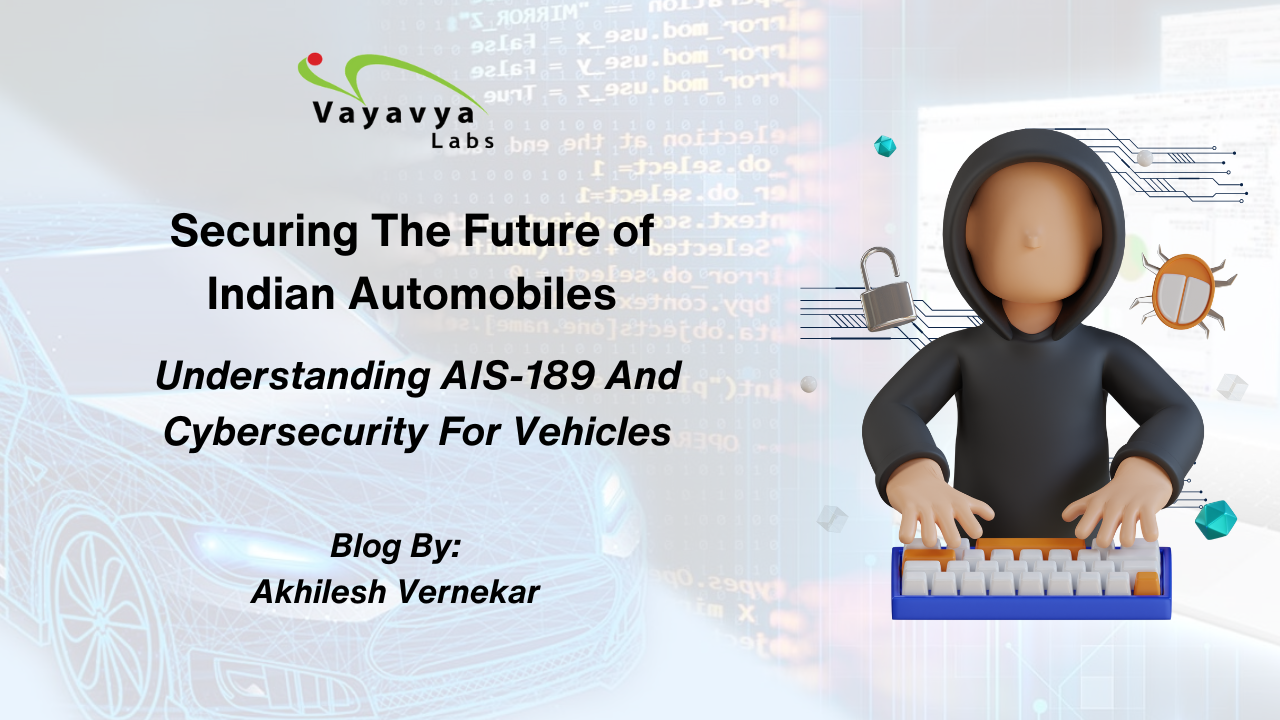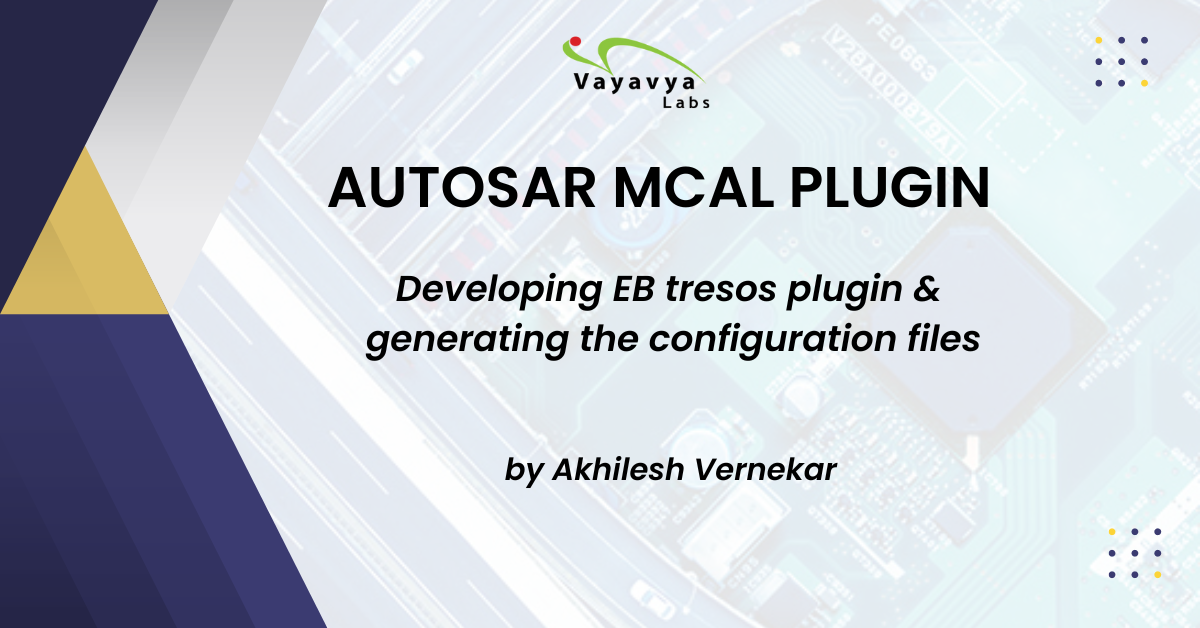Today cars are not just vehicles that move us from one place to another! But they are sophisticated Internet-connected digital systems with dozens of electronic modules spanning hundreds or thousands of digital messages per second between them. As vehicles have become more advanced, incorporating technologies such as Electronic Control Units (ECUs), telematics, and increasing degrees of automation for driving functions, securing vehicles against cyber-attacks has become imperative. In response to this challenge, India has released (Draft Version) a regulation called the Automotive Industry Standard (AIS-189) on Cyber Security and Cyber Security Management Systems (CSMS) in vehicles.
In this blog, we will discuss AIS-189, learn more about it, and discuss how it changes the future of Auto security in India.
Why Automotive Cybersecurity is needed?
The AIS-189 is based on the principles of globally acknowledged cybersecurity standards like UNR 155 and provides a common standard to address cyber threats faced by vehicles including aspects related to vehicle security management, risk reduction capabilities, and the development of an embedded cybersecurity solution from conception through end-of-life.
What Does AIS-189 Cover?
AIS-189 primarily applies to vehicles that fall under certain categories, including:
- M (Passenger Cars) and N (Goods Vehicles) with ECUs.
- T (Tractors) that are equipped with at least one ECU.
- L7 (Electric Vehicles) that feature automated driving functionalities at Level 3 or beyond.
Cyber Security Management System (CSMS)
The Cyber Security Management System (CSMS) is the core of AIS-189. The system demands a risk-based vehicle manufacturer approach to protect vehicles from cyber threats. Here’s what CSMS entails:
- Development Phase: Applies before a vehicle is type-approved, to ensure that manufacturers identify and assess potential risks, and put into place appropriate correctives.
- Phase Production: Cyber risks need also to be monitored and controlled during the process of manufacture.
- Post-Production Phase: The life-caring phase after the production, tackles cybersecurity threats, and when new vulnerabilities are popping up security updates should be available due to maintenance.
Certification and Compliance
- Information on the Vehicle and its Cyber Security-Related Systems.
- Information as to the risks evaluated and how they were mitigated.
- CSMS Certificate of Compliance, to show that all required processes for handling cybersecurity risks are in place.
AIS-189 Threats and Mitigations: The Heart of AIS 189
AIS-189 is based on the threats associated with vehicle cybersecurity, and the mitigations that the industry must use to address those threats. Some key threats include:
- Spoofing of messages: This refers to impersonating legitimate communication signals, such as GPS or vehicle-to-vehicle (V2X) messages.
- Denial of Service (DoS) attacks: These attacks flood a vehicle’s communication channels with junk data, disrupting normal functions.
- Malware attacks: Viruses can infect the vehicle’s communication media, compromising internal systems.
- Manipulation of critical functions: Cyber-attacks may alter key parameters like airbag deployment thresholds, posing serious safety risks.
To address these threats, AIS-189 mandates various mitigations such as ensuring message authenticity and data encryption, securing communication channels, and maintaining robust access control mechanisms.
Securing Back-End Systems and External Interfaces
One of the crucial aspects of vehicle cybersecurity is ensuring that the back-end servers are secure. AIS-189 outlines measures that manufacturers must take to protect back-end servers from unauthorized access, insider threats, and cloud computing vulnerabilities.
Besides server protection, the standard also denies users hacking external interfaces such as OBD ports or even USB ports that are often accessed directly by hackers trying to avoid going through all types of secured software connections.
Continuous Assessments, And Reporting
The Cyber Threat Landscape constantly changes, and so must the countermeasures. Under AIS-189, continual vigilance by manufacturers to new attack surface vulnerabilities and cyber-incursions is mandated. Manufacturers are required to make an annual report to the Test Agency, covering details of monitoring activity and any new threats they have discovered.
One Step Closer To A Safe Future
AIS-189 is a significant milestone towards laying down the robust cyber security framework for vehicles in India. It further emphasized a risk-based, security-by-design cybersecurity strategy, including suggested guidelines that would force automakers to recognize and control hazards in vehicle operation, maintenance, disassembly, and design.
Conclusion
Author





